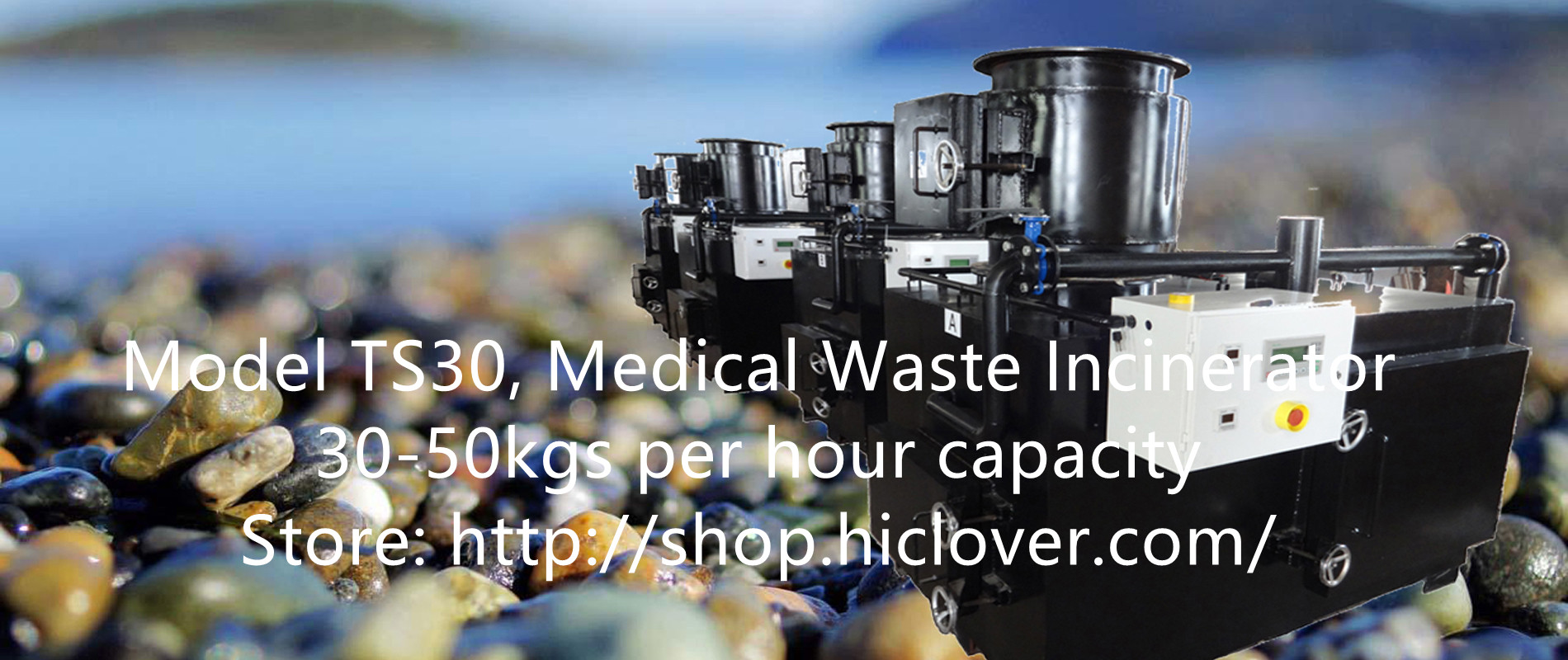Waste-to-energy (WTE) is a crucial process for reducing the amount of waste sent to landfills and generating renewable energy. However, the process of incinerating waste to produce energy produces flue gas, a byproduct that contains pollutants and greenhouse gases. Managing flue gas during incineration is essential to ensure the efficiency and environmental sustainability of waste-to-energy facilities.
One of the key challenges in waste-to-energy incineration is the treatment of flue gas. Flue gas contains a mixture of pollutants, including nitrogen oxides (NOx), sulfur dioxide (SO2), heavy metals, volatile organic compounds (VOCs), and particulate matter. These pollutants can have adverse effects on air quality and human health if released into the atmosphere untreated.
To address these challenges, waste-to-energy facilities utilize a range of flue gas treatment technologies to control and reduce emissions. The most common methods include the use of flue gas desulfurization (FGD) systems, selective catalytic reduction (SCR) systems, electrostatic precipitators, and fabric filters. These technologies work to remove harmful pollutants from the flue gas stream before it is released into the atmosphere.
Flue gas desulfurization (FGD) systems, for example, use a chemical reaction to remove sulfur dioxide from the flue gas, preventing the formation of acid rain. Selective catalytic reduction (SCR) systems use catalysts to convert NOx into nitrogen and water, reducing harmful emissions. Electrostatic precipitators and fabric filters, on the other hand, work to remove particulate matter from the flue gas stream, ensuring that only clean, filtered gas is released.
In addition to these technologies, waste-to-energy facilities also use advanced monitoring and control systems to optimize the performance of flue gas treatment technologies. Continuous monitoring of emissions and pollutant levels allows operators to adjust process parameters in real-time, ensuring that the flue gas is effectively treated and meets stringent environmental regulations.
Proper management of flue gas is essential for ensuring the environmental sustainability of waste-to-energy facilities. By effectively controlling and treating flue gas emissions, these facilities can minimize their environmental impact and contribute to the reduction of greenhouse gas emissions and air pollution.
In conclusion, managing flue gas during incineration is essential for the efficient operation of waste-to-energy facilities. By utilizing advanced flue gas treatment technologies and implementing strict monitoring and control measures, these facilities can effectively control emissions and ensure that only clean, filtered gas is released into the atmosphere. As the demand for renewable energy continues to grow, efficient waste-to-energy management will play a vital role in addressing the dual challenges of waste management and energy production.



